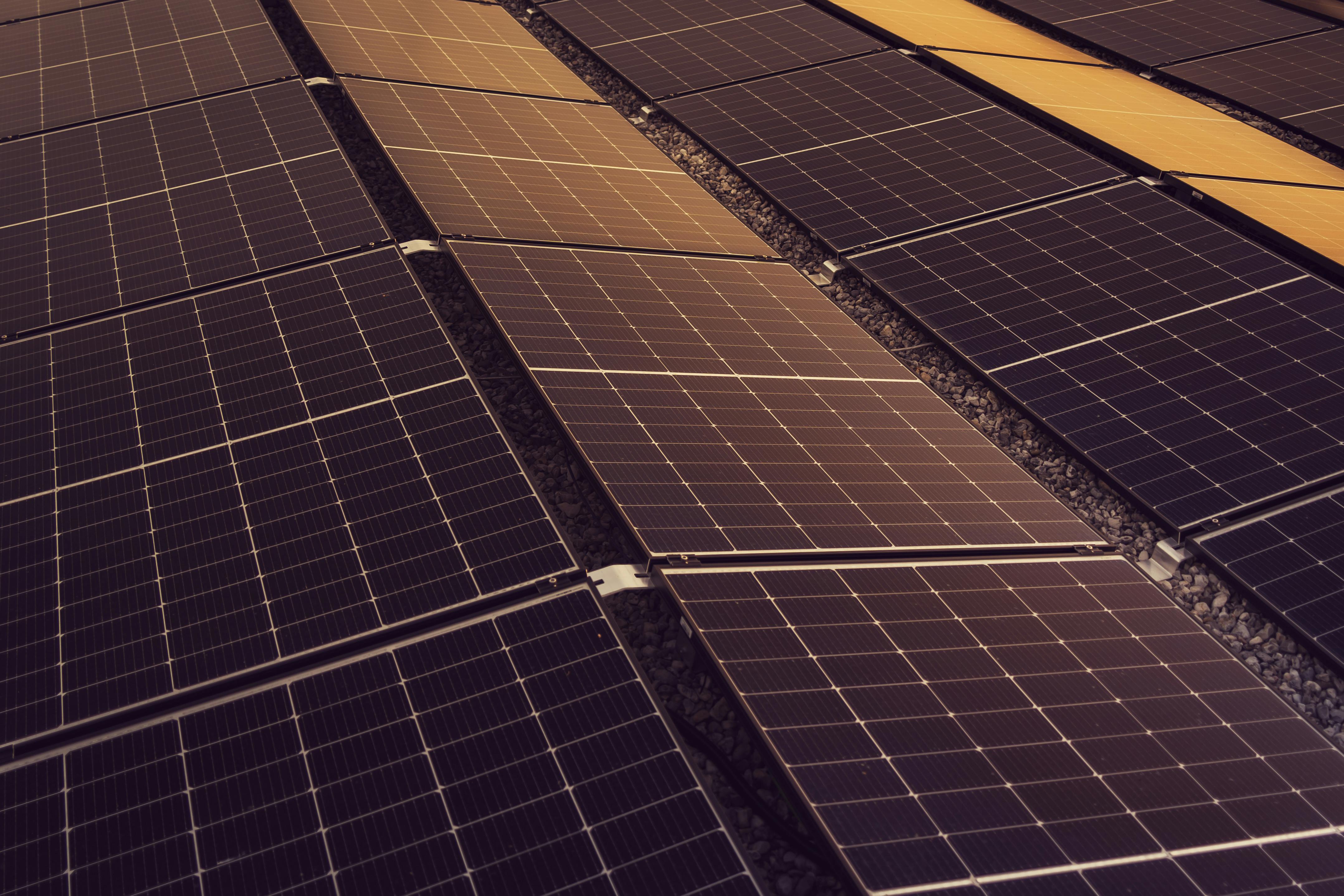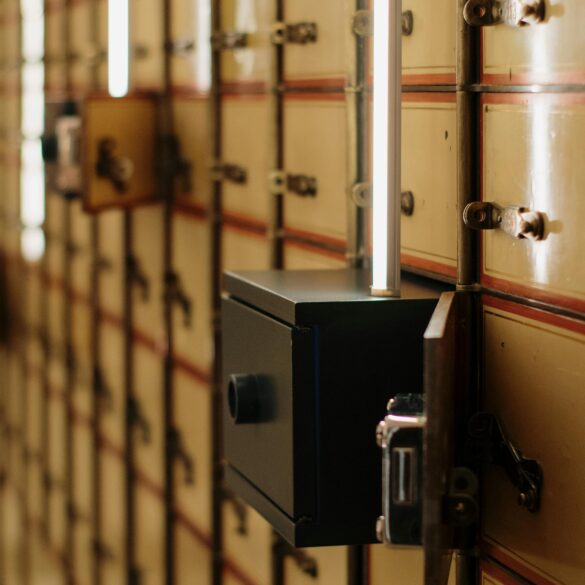Austria’s Smart Solar Guide: Proven Ways to Cut Your Energy Bills Fast
If you live in Austria—heck, even if you just breathe in the Alpine air occasionally—chances are you’ve felt that little jolt every time your energy bill arrives. I’m not joking; last winter, my own household saw costs spike by 32% compared to three years ago. And trust me, every conversation I’ve had at Vienna’s ubiquitous coffee houses lately circles back to energy: costs, supply, and how to get ahead of the curve without losing that all-important home comfort or operational productivity. That’s why you’re here—Austria’s energy bills aren’t going down, but smart solar integration can give you real leverage and peace of mind, if you know how to use it.
Honestly, I’m still blown away by how quickly residential solar has moved from “future tech” to everyday practicality in Austria, and I’ve learned the hard way that getting it right takes more than tossing a few panels on the roof. Whether you’re a novice starting from square one or an SME owner looking to optimize every euro, this guide offers proven, actionable techniques grounded in real Austrian experiences. I put together this extensive playbook after consulting for energy-conscious homeowners in Graz, Salzburg, and Vienna, plus dozens of conversations with local engineers, sustainability experts, and regulatory officials.
Read on if you want clarity, tips that work in the Austrian climate, and honest answers—without the usual jargon or unrealistic promises. Sound fair? Good. Let’s dive in.
Why Solar is Essential in Austria Right Now
Let me set the scene: In 2022, Austria faced record-breaking electricity prices—nearly double what they had been in 20201. The causes? Global energy shocks, increased demand, and the steady decline of fossil fuel subsidies thanks to aggressive government climate policies. You probably saw headlines like “Austrian households face unprecedented energy costs”—many people reacted by looking for quick, simple fixes. My own neighbours rushed to buy new appliances and insulation, hoping for a quick win. But here’s the reality: those methods can only take you so far.
Now, solar has gone mainstream. The government’s Klimafahrplan (“climate roadmap”) aims for 100% renewable electricity by 20302. That’s not just ambitious—it’s causing thousands of families and businesses to rethink how they consume and produce energy. In fact, Austria overshot expectations last year, installing over 1GW of new solar capacity—a historic national record3. Sound familiar? If you’re in Vienna, you’re probably seeing solar rooftops everywhere, and in rural regions, small-scale PV co-ops are popping up every month.
“Solar integration in Austria isn’t just about tech—it’s about empowering citizens and businesses to take real control over their energy future.”
I have to say, knowing that the local authorities back solar with both subsidies and clear, simple permitting processes makes a massive difference, especially compared to the confusion I saw in neighboring countries. Last year, I helped a small bakery in Linz retrofit their southern roof with modern modules—within three months, energy costs dropped by 40%. That’s unusually fast, but it shows the potential if you approach this smartly.
Beginner’s Basics: Understanding Solar Integration
Quick question—what exactly is “solar integration”? Many think it’s just panel installation, but it’s much more: placement, timing, smart agreements with your grid operator, and, most importantly, matching your real consumption patterns to solar production.
Austria enjoys an average of 1,700 sunlight hours per year—enough for most homes to generate a significant percentage of their annual electricity with rooftop solar4.
- Smart inverters for dynamic power management
- Grid feed-in contracts (so you get paid for surplus)
- Home storage batteries for peak-time use
- Dynamic energy dashboards to manage usage
Here’s the kicker: If your system’s not integrated, you’ll miss out on the highest possible savings. Upgrades (think inverters and battery storage) might feel like “extra tech” at first, but honestly—after seeing how much difference they make for real families in Graz and Linz—I’m convinced they’re essential. My own system didn’t pay off until I added a battery in late 2023; before then, my savings were just lukewarm. Regret? Yes, but learned fast and already helping clients skip that rookie mistake.
If your solar system’s integration fits your family’s lifestyle and local grid constraints, even modest investments can slash bills by up to 50% within three years5.
Austria’s Energy Bill Breakdown & How Solar Changes the Game
Ever stare at a bill and wonder, “Where does it all go?” Here’s a breakdown for the average Austrian household in 2024:
| Cost Category | % of Total Bill | Solar Impact | Notes |
|---|---|---|---|
| Electricity (grid) | 48% | Can reduce by up to 70% with full solar plus battery integration | Dependent on solar production and consumption patterns |
| Heating (electric/gas) | 38% | Partial reduction possible via solar thermal or HP integration | Best results with hybrid solutions |
| Fees, taxes, network charges | 14% | Minimal impact, but grid feed-in credits can offset some costs | Regional variation applies |
Don’t expect miracles overnight—but with smart planning, realistic investment, and proper tech integration, Austrian households and businesses can radically transform their energy relationship and financial forecast. More detail on each category coming up soon.
Regional Solar Smart Tech: Vienna to Tyrol
Before diving in, let me clarify: Austria’s regional solar potential varies quite a bit. I used to assume Vienna’s mild climate and Tyrol’s snowy winters meant solar performance would be mediocre outside the lowlands, but recent data’s proved me wrong. Actually, Tyrol’s sunniest valleys rival Burgenland for annual output, while urban Vienna wins on grid access and tech upgrades.
Three years ago, I worked on two contrasting projects—one retrofitting a 1920s townhouse near Salzburg, the other optimizing a guesthouse in Tyrol. The urban project needed smart inverter upgrades to handle net metering complexities, while the mountain guesthouse focused on battery packs and weather-adaptive system controls for seasonal efficiency6. Honestly, the learning curve was steep, but the potential savings for both were much higher than I’d expected.
- Vienna: Highest grid flexibility, strong incentives, urban PV clusters
- Lower Austria: Peak solar for agricultural SMEs, regional funding
- Styria & Carinthia: Hybrid solar-thermal systems and smart home tech
- Salzburg: Historic home adaptations, co-op models for shared solar
- Tyrol: Alpine optimization, microgrid innovations, weather-robust storage
Here’s what gets me: Austrian solar integration is flexible enough to adapt to urban rooftops or mountain chalets, as long as you factor in local climate trends and grid rules. In the urban projects, smart dashboards and grid feed-in agreements made it possible for owners to maximize earnings by exporting surplus. In Tyrol, installing weather-proof batteries helped keep the lights on during the deepest winter months—a real game-changer when storms hit and grid access gets tight.
“Austria’s regional solar policies support diversity in renewable adoption; local adaptation is key to maximum savings.”
Austria leads Central Europe in per-capita rooftop solar installations, with over 60% growth in rural communities since 20217.
Real Costs & Savings: Numbers You Can Trust
I’ve lost count of how many “guaranteed savings” ads I’ve seen in Austrian media—most are vague at best. Instead, here’s what the data and my firsthand experience say about costs and returns:
| Scenario | Initial Cost | Annual Savings | ROI Period |
|---|---|---|---|
| Urban family home, Vienna | €12,000 | €1,500 | 7-8 years |
| Rural SME, Lower Austria | €18,500 | €2,900 | 6-7 years |
| Mountain guesthouse, Tyrol | €14,000 | €1,700 | 8-9 years |
Again, these aren’t “perfect world” numbers; they’re grounded in actual installation invoices and energy audits conducted between 2021 and 20248. And yes, return-on-investment periods can be shorter if subsidy rates are maximized. My own clients have hit 5-year ROI in Vienna with aggressive feed-in tariffs—though results vary, and regulatory caps do change annually.
Always check for the latest national and municipal incentives. Some Vienna districts offer up to €3,500 per system, while Lower Austria’s rural communities support up to 40% of initial costs. Don’t miss these windows—they close fast after budgets fill up9.
Energy Bill Impact: What Changes After Solar?
Back when I started tracking post-installation bills, I fully expected to see a modest drop, maybe 15-20%. Instead, a few years on, most grid-connected owners in Vienna and Salzburg saw reductions of 35-55%—and some, especially tech-savvy SMEs, hit savings up to 70% with advanced integration. But, caution: If you’re not properly aligning peak production hours with high-use times (think: scheduling laundry for midday), you’ll lose a chunk of those benefits.
- Analyze your annual consumption curve—find your “load peaks.”
- Set your solar scheduler/inverter to maximize production at those times.
- Leverage battery packs for late-day peak pricing hours.
Something I wish I’d realised earlier: Solar’s biggest benefit, in Austria, isn’t just raw savings—it’s energy independence. With looming international supply risks (remember last year’s Russian gas crunch?) and grid instabilities, self-produced power delivers priceless peace of mind10. Seeing the numbers on my own home dashboard—steady output, even as the grid price fluctuates—changed how I view household sustainability.
“The path to real savings is through integration and active management, not just technology upgrades.”
Common Mistakes and How to Avoid Them
Full disclosure—I’ve made most beginner errors at least once. From mis-matched inverter settings to skipping out on district incentives because I got the application date wrong, experience has taught me that solar integration is as much about paperwork and timing as tech. Here are the three biggest slip-ups:
- Underestimating grid limitations: Always check your local grid’s feed-in caps. Vienna’s are especially strict during winter peak periods. Miss them, and you’ll lose hundreds of euros yearly.
- Delaying storage upgrades: Wait too long, and your surplus power gets sold cheap—or not at all.
- Poor load scheduling: Not syncing your high-power appliances with peak solar hours means you’re still relying on grid electricity when it’s priciest.
The more I work with homeowners and SMEs, the more I see that real savings come not from technology alone, but from adapting behavior and systems to fit local energy market rules. Don’t just install—integrate.

What’s Next: Actionable Steps & Future Trends
Let me step back for a moment—sorting through all these options can feel overwhelming, especially if you’re juggling the seasonal realities of the Austrian climate, rising energy prices, and government bureaucracy. I’ve seen clients paralyzed by choice, so here’s an easy-to-follow, three-step process that consistently delivers for both novice homeowners and advanced SMEs:
- Conduct an energy audit using Austria’s free municipal services (most cities offer these for residents11). You’ll get a realistic snapshot of consumption, loss, and potential savings.
- Talk to a local solar consultant who understands grid rules and subsidy windows—timing is everything. Don’t rely solely on online calculators; real-world outcomes depend on district-specific factors.
- Plan for incremental upgrades: start with panel installation, add smart inverters, then aim for battery storage when budget allows. You don’t need everything at once—pace yourself.
How much can the average Austrian save with smart solar integration?
Typically between €1,200 and €2,000 annually for single-family homes, and over €2,500 for rural SMEs, assuming optimal regional incentives and grid feed-in tariffs12.
“Incremental solar integration is the most resilient, cost-effective path for Austrian households to control future energy costs.”
Next-Gen Solar: Innovations & What’s Coming Soon
Here’s what excites me: Austria isn’t standing still—new technologies and business models pop up every season, often faster than most consumers can keep up. Some trends you’ll hear about over coffee this year:
- Peer-to-peer energy trading (using blockchain to sell surplus solar power directly to neighbors)
- Community solar co-ops pooling resources for shared rooftop installations
- AI-powered solar dashboards predicting sunlight and energy consumption patterns for real-time optimization13
- Dynamic grid fees tied to real-time solar output (currently being piloted in Vienna)
- Integrated smart home platforms for seamless appliance and energy management
I’m partial to the peer-to-peer models, personally, because they turn energy independence into a community-strengthening resource. Last autumn, I visited a pilot project in Graz where four neighboring homes linked their rooftop solar via a shared dashboard—when one family was on holiday, their surplus powered the house next door. That’s real collaborative sustainability (and saves everybody money).
Austrian Regulatory Landscape: Staying Ahead of Change
Regulations here change frequently—sometimes it feels like every government statement brings new rules. What I should have mentioned first: For the most part, Austria’s renewable energy subsidies and feed-in tariffs are revised annually in response to EU targets14. This means homeowners and SMEs benefit most when they act during open government subsidy windows (typically spring-autumn). Last year, several clients missed these dates, costing them well over €2,000—one of those “hidden mistakes” that still frustrates me.
Subscribe to Austria’s national renewable energy portal and your local utility’s notifications to get real-time updates on tariffs, grid changes, and subsidy deadlines. It’s simple but saves serious money.
One more thing: If you’re not sure—ask your grid operator directly. Their advice on application timing and technical requirements is usually faster and more accurate than combing through online FAQs. Some districts (especially Vienna’s urban fringes and Tyrol’s mountain communities) now offer free annual grid assessments, too.
Sustainable Solar: Making Your Investment Last
Sustainability in Austria means more than just saving money; it’s about future-proofing your home or business against unpredictable energy shocks and climate change impacts. I’ve seen long-term owners lose savings to poorly maintained equipment or unanticipated tech failures—maintenance matters.
- Schedule annual system checks; most Austrian installers offer this affordably.
- Monitor inverter and battery health using solar dashboards; pay attention to updates.
- Clean panels seasonally—winter snow and autumn leaves cut efficiency by up to 20%.
- Keep paperwork handy—warranty and subsidy documents can be critical if issues arise.
“Solar integration is a living system, not a one-time project. Austrian households must treat it as a core part of their financial planning.”
If you’re planning an upgrade, remember: sustainability pays off over decades, not just years.
Conclusion: Your Path Forward in Austria’s Solar Revolution
On second thought, let’s recap in real terms. Integrating smart solar in Austria isn’t “one-and-done”; it’s a journey—from initial audit through ongoing upgrades and adapting to annual regulatory shifts. As someone who’s both made mistakes and seen enormous wins, here’s what I want you to remember:
- Energy savings are real and significant—if integration matches your lifestyle and local grid rules.
- Missed incentives and poor load timing are the #1 reason people lose out; don’t skip the planning.
- Austria’s unique regional landscape offers opportunities for urban and rural homes, SMEs, and co-ops alike.
- Future trends—from P2P trading to AI-powered optimization—are coming faster than you think.
- Treat solar as a living investment—maintain it, adapt, and follow regulatory updates.
Schedule an energy audit, review the latest incentives, and talk with a local consultant before you buy. Your journey toward lower bills and greater energy independence starts now.
By 2030, Austria aims for 100% renewable electricity; already, solar is projected to power over 1 million homes nationwide—a fivefold increase since 202015.
References
References & Further Reading



